TVS Apache RTR 200 4V BS-VI & RTR 160 4V BS-VI Review: First Ride
Not only the TVS Apache RTR 200 4V and RTR 160 4V are upgraded to meet the stringent BS-VI norms, but the company has also thrown in a couple of goodies in the process. We head to the company's test track at the Hosur plant to see what lies beneath this transition.

The TVS Apache RTR 4V twins have gone under the knife to meet the new BS-VI norms. But have the stricter emission norms made them less exciting? We ride them to find out.
BS-VI is the buzzword in the Indian auto industry right now, and understandably so. It’s no secret that, from April 2020, the new BS-VI emission norms are going to come into force in India. And this means that all new cars and bikes sold in our country will have to meet these norms before that deadline.
Now, while there are still a couple of months to the deadline, some auto manufacturers have already started putting their products under the knife. One of the early adopters of BS-VI is TVS Motors – the company recently upgraded its popular Apache RTR 4V series, the 160 and 200, to meet the new norms.
Just to make this whole process a little more interesting, TVS Motors has also added a couple of new features into the mix. A couple of days after the launch of these two bikes, the company invited us to its test-track at the Hosur plant to sample them.
The question is this – has the transition from BS-IV to BS-VI made any difference to the RTR series?
Face Forward
We tested the Apache RTR 160 4V BS-VI first, so here it is. On the face of it, nothing has changed. However, the most noticeable change is, ahem, its face – the 160 4V now comes with a full-LED headlamp setup and a new bikini fairing, which looks quite modern and premium.
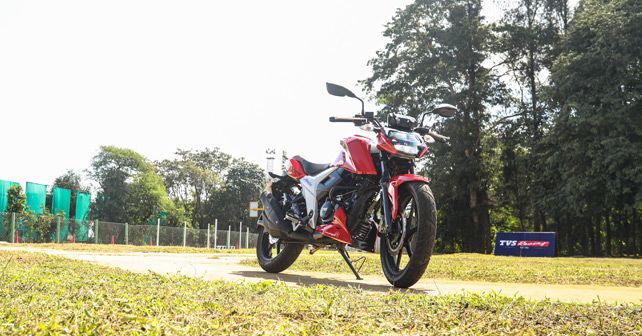
It also gets some new racing stickers and a chequered flag plastered here and there. On the whole, the design, equipment, and mechanical underpinnings remain unchanged. The bike also retains the quality and fit-and-finish of the old bike – so, in other words, it’s very, very good.
With the BS-VI update, the RTR 160 4V will only be available with fuel injection, which is kind of obvious. Having said that, the new BS-VI compliant single-cylinder 159.7cc motor feels more or less identical to the BS-IV version.
However, it does have a few differences. For instance, the throttle response is crisper now. The refinement levels are also superb, and it’s only when you cross 7,000rpm that you notice vibrations through the handlebar.
The torque spread is linear, and it offers great day-to-day driveability – just like the old version. As for the drop in performance, it’s so minimal that it’s inconsequential and virtually unnoticeable. To be honest, I couldn’t really feel anything during the test drive.
In terms of ride and handling, the BS-VI version is as good as the old bike, which means that it continues to be blessed with superb balance. The suspension is tuned for comfort, but if you turn up the wick, you’ll notice it’s a very friendly and enjoyable bike to throw around corners.
The rear suspension does, however, feel too soft. When I pushed hard around corners, the rear wheel moved and bobbed about a lot. Also, the front brake lever could have done with more feel and feedback, but that’s nothing new – this was true for the old bike as well.
Bigger is better
After the 160, it was time to ride the BS-VI version of the RTR 200 4V. But, before we talk about our first impressions of the 2020 bike, let’s make something very clear. You see, the RTR 200 is one of our favourite bikes in its segment simply because it’s a great all-rounder – a fun bike, and a very well-engineered product.
In short, it’s already a sort of perfect package. And still, somehow TVS has managed to improve it even further in this new version, or so they claim.
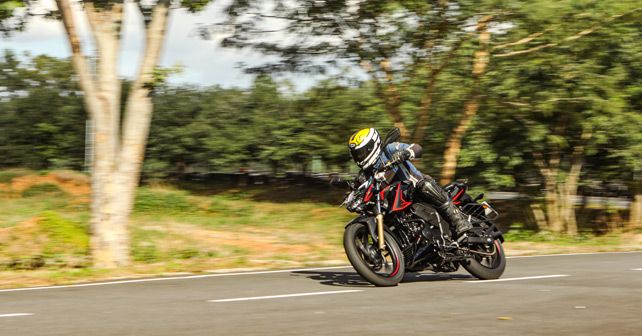
First up, like the 160, the 200 too gets a new face, featuring all-LED headlamps. Personally, I think the RTR 200 now looks even meaner and beefier with that new front cowl – a great addition, I must say.
Apart from that, the 200 is now equipped with TVS’ Smart Connect Bluetooth connectivity, which means that you can use features like onboard navigation and check race telemetry, as well as lean-angles. All of these, and more, can be accessed via a smartphone app. I tested this feature during the test-ride, and it’s quite effective and, might I add, very cool.
Additionally, the RTR 200 now comes shod with a new Eurogrip radial rear tyre, while the front tyre is the same TVS Remora as that of the old bike. The Pirellis are no longer available, even as an option.
The 2020 RTR 200, as well as the smaller 160 4V, now get a function called ‘Glide Through Traffic’ or GTT. What this essentially does is that it allows you to easily navigate through dense traffic. You don’t have to use the accelerator to move from a standstill – simply releasing the clutch allows the bike to accelerate at a speed of up to 7km/h. Since the system is regulated keeping speed in mind and not torque, it works with a pillion and even
on gradients.
The BS-VI engine produces slightly less torque than before – 16.8Nm as opposed to 18.1Nm – but the power output, at 20.2bhp, is nearly identical to the outgoing version. However, the torque deficit isn’t really apparent. Performance-wise, I barely noticed any difference at all.
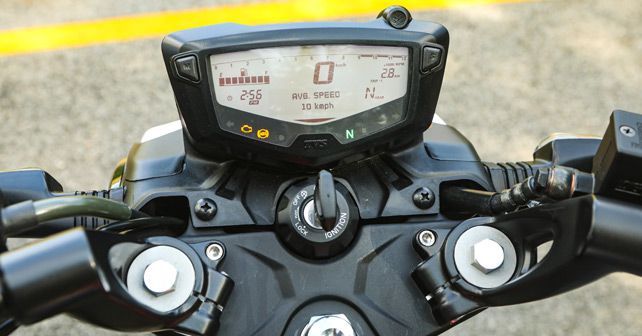
On the upside, the throttle response is much smoother now. The engine loves to be revved hard and has a very strong mid-range, which is its main highlight. Above 8,000rpm, it does tend to run out of steam and the vibrations creep back in, but, overall, it remains a very enjoyable powertrain. Not to mention the fact that the five-speed gearbox, along with a slipper clutch, makes the whole exercise even more effortless.
In terms of ride and handling, well, on the track I could only focus on the latter, and I’m happy to report that the RTR 200 is still a hoot to ride! Of course, riding the 200 after the RTR 160 made it feel nimbler, tauter, and more planted, given the fact that it’s inclined more towards performance than comfort or fuel economy. As a consequence, it’s a lot more exciting.
This is also thanks to its brilliant chassis and finely calibrated suspension. The RTR 200 is as flickable as ever, and the feel and feedback from the chassis inspires enormous confidence while riding. And the new Eurogrip radial tyres hold up well surprisingly.
During the test ride, I didn’t really miss the Pirelli at all. The front brake, however, still feels spongy and tends to fade when you slam it hard – something that TVS really needs to work on. On all other fronts, though, the RTR 200 – even with the BS-VI update – is still one of the very best and most exciting 200cc bikes out there.
Verdict

Long story short, both the RTR 200 and RTR 160 feel more or less the same as before in their BS-VI avatars. However, their prices have gone up significantly, especially that of the RTR 200, which is now ₹10,000 dearer than the BS-IV version.
That said, you do get more for the extra money you pay. So, it’s not unlikely that these two will continue to be the most sought-after bikes in their respective segments.
Read more:
Engine: 197.8cc/ Single Cylinder/ Oil-Cooled
Transmission: 5-Speed
Power: 20.2bhp @ 8,500rpm
Torque: 16.8Nm @ 7,500rpm
Price: ₹1.24 Lakh (Ex-showroom)
X-factor: The BS-VI hasn't made any real difference, meaning the RTR 200 is still a hoot to ride street naked.
| Pros • Ride & Handling • Refinement • Gadgets | Cons •Brakes |


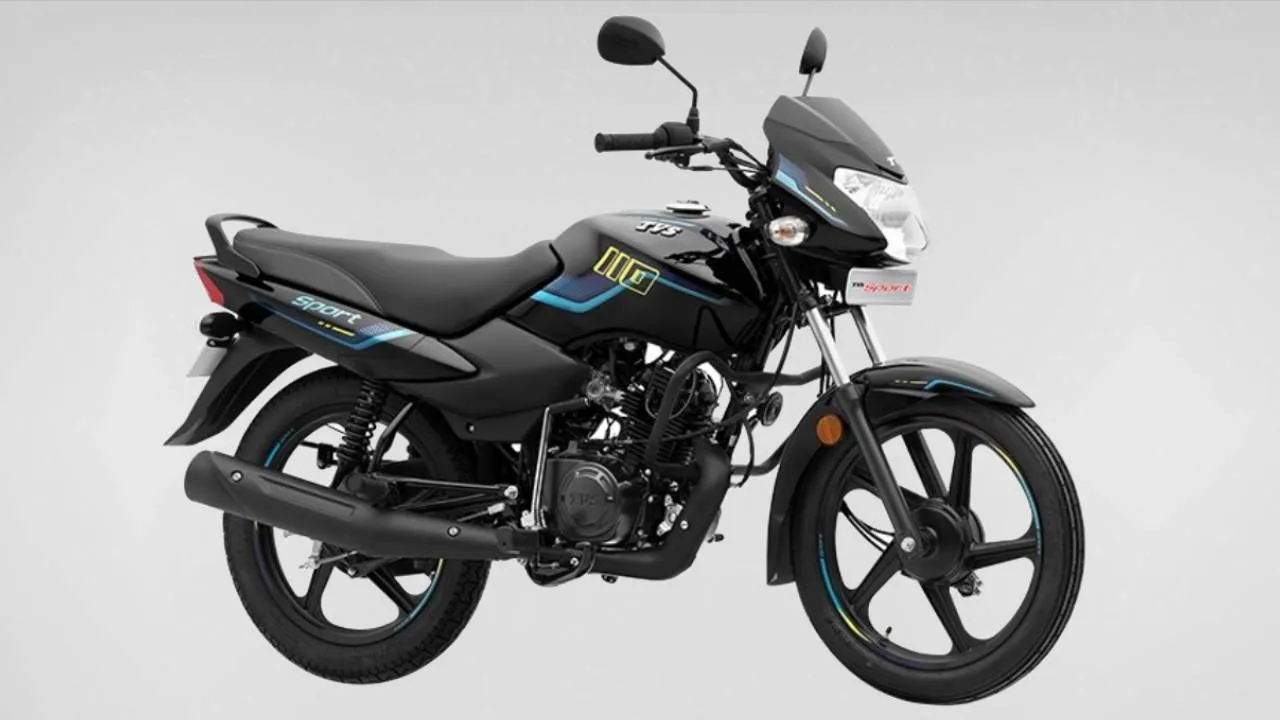
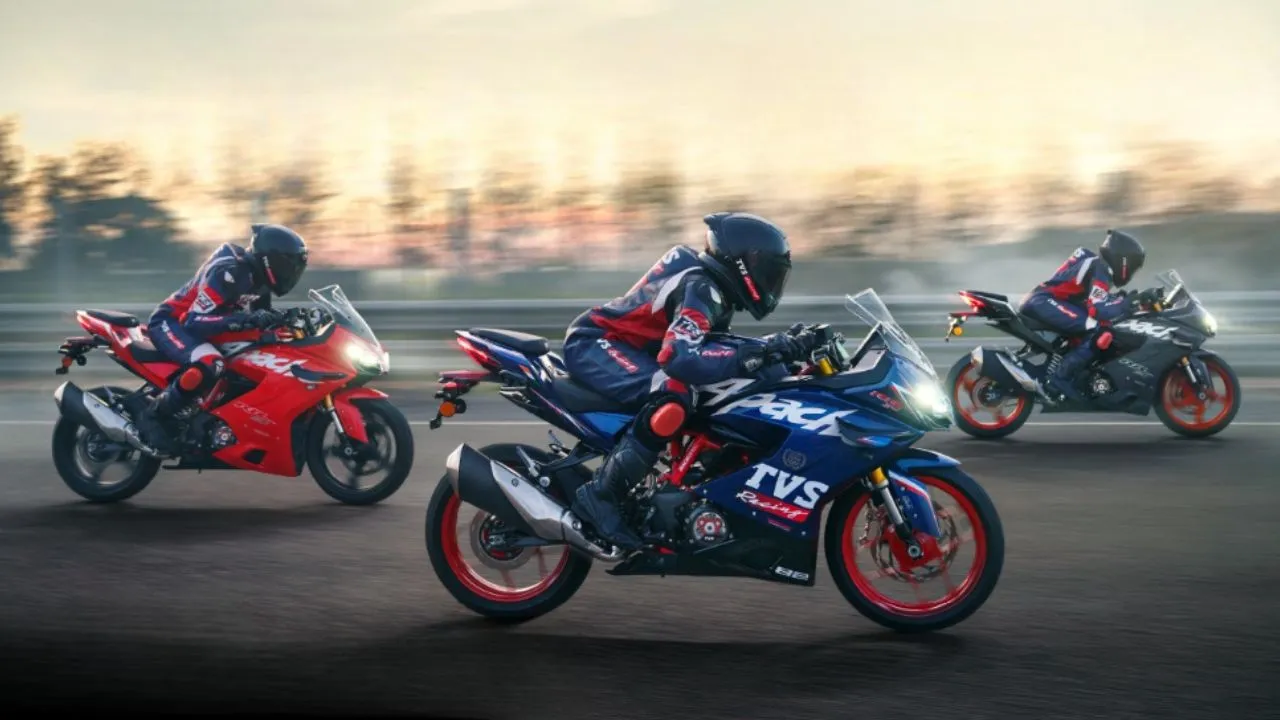

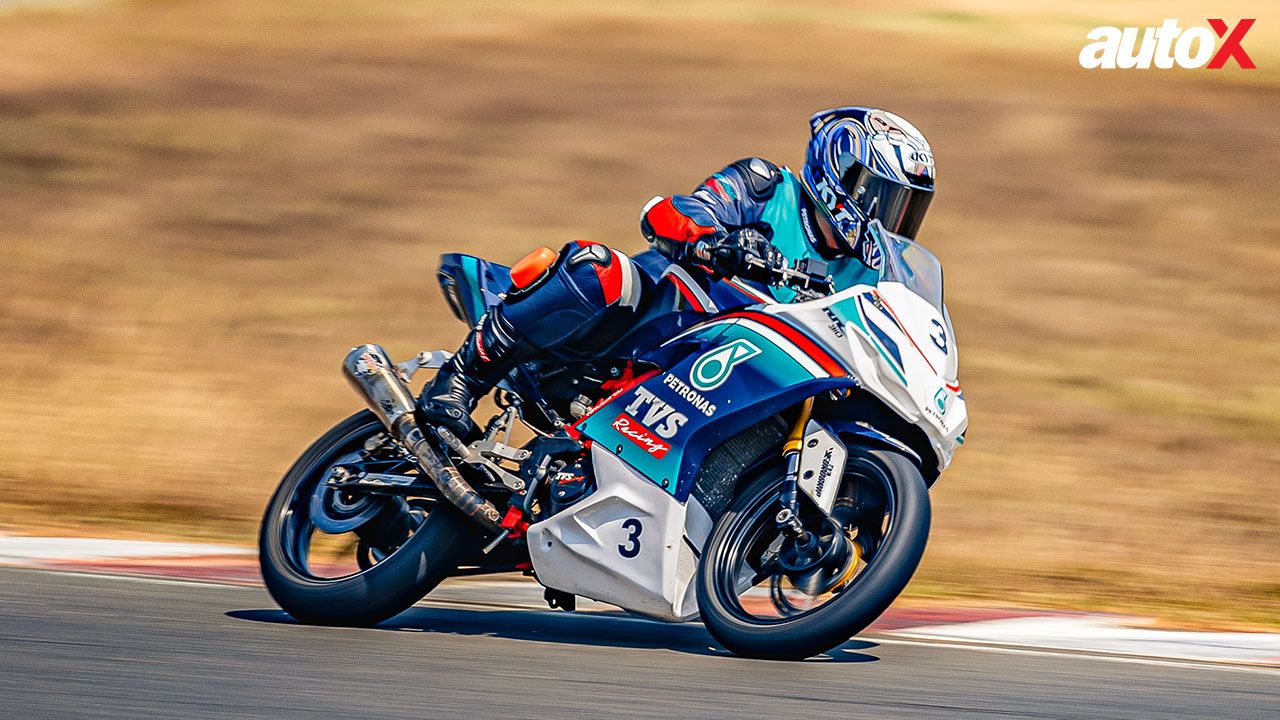
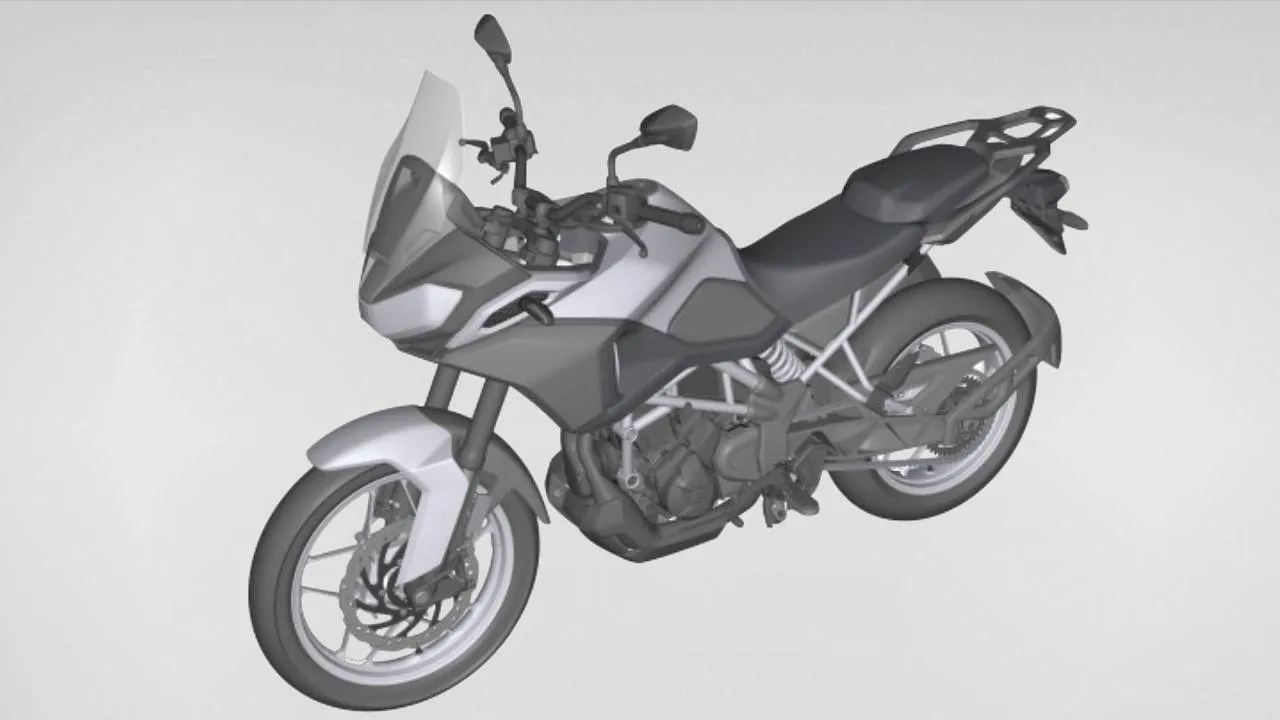

Write your Comment on